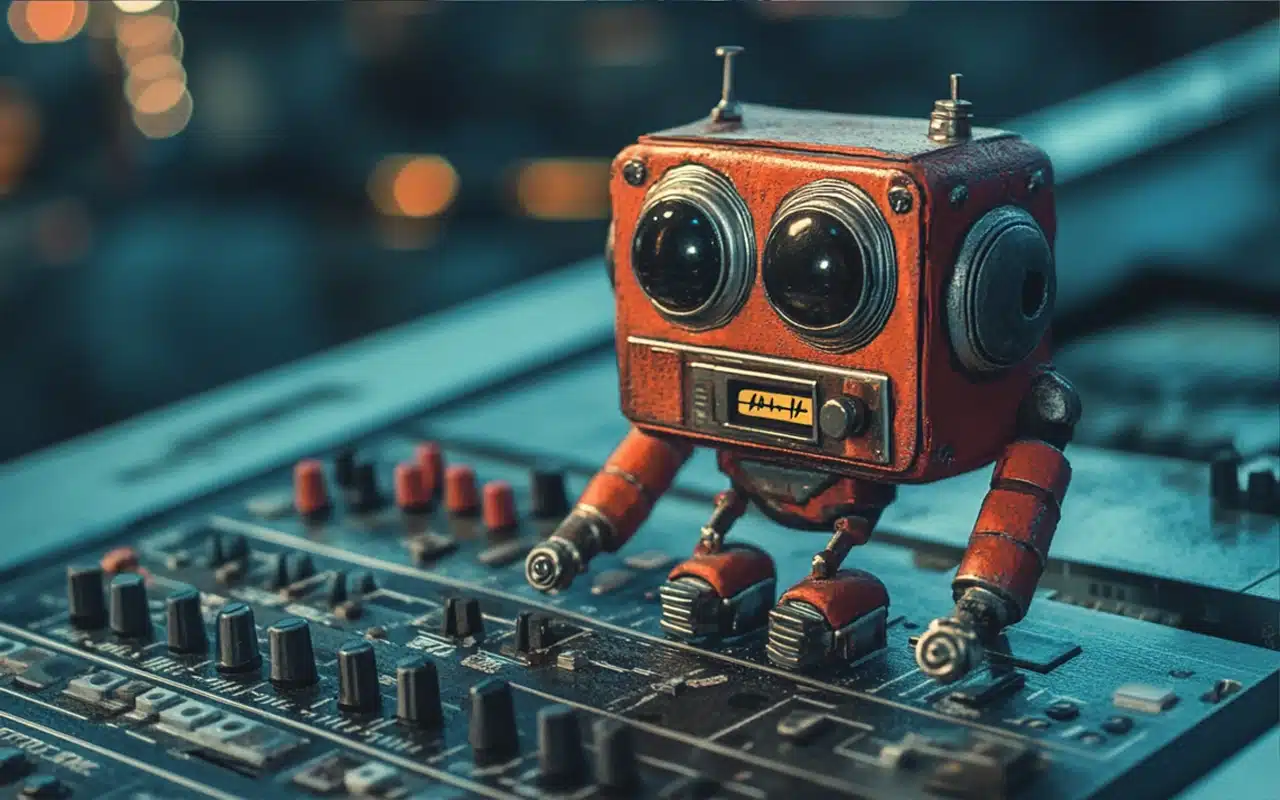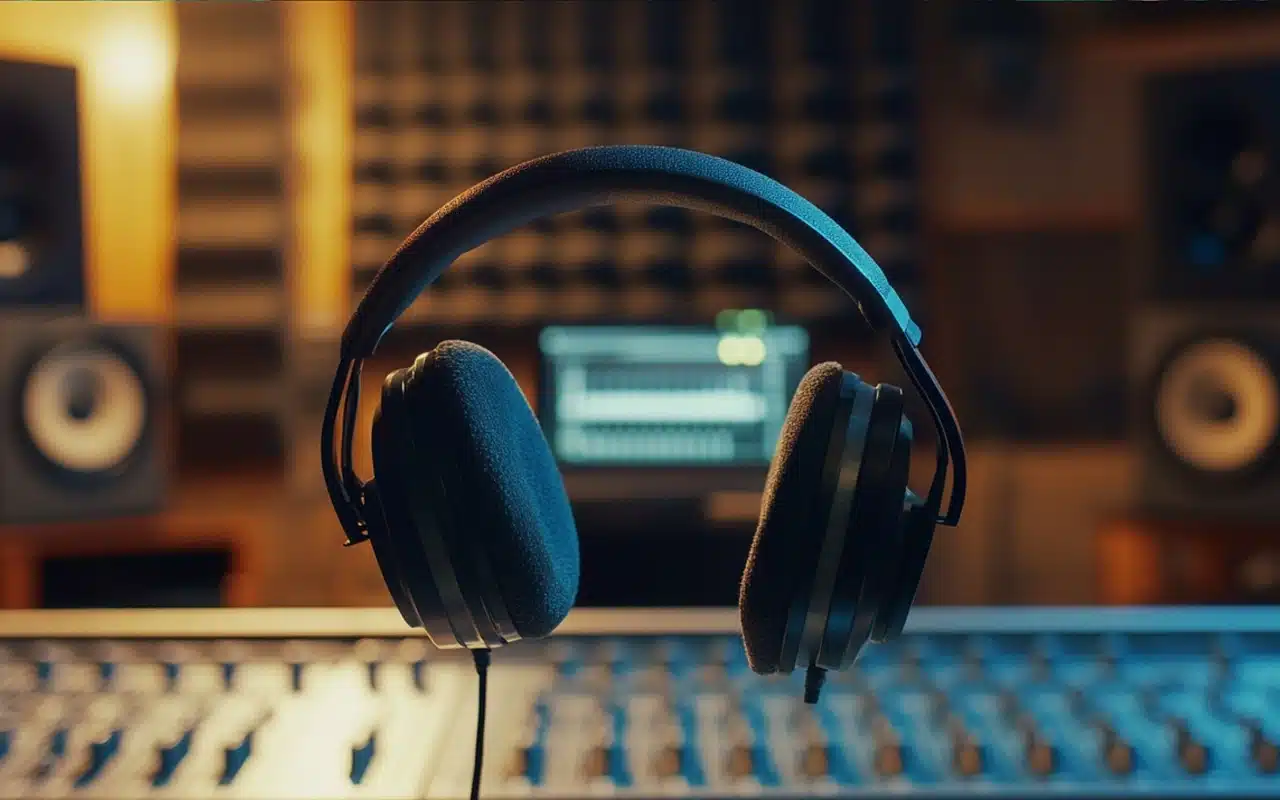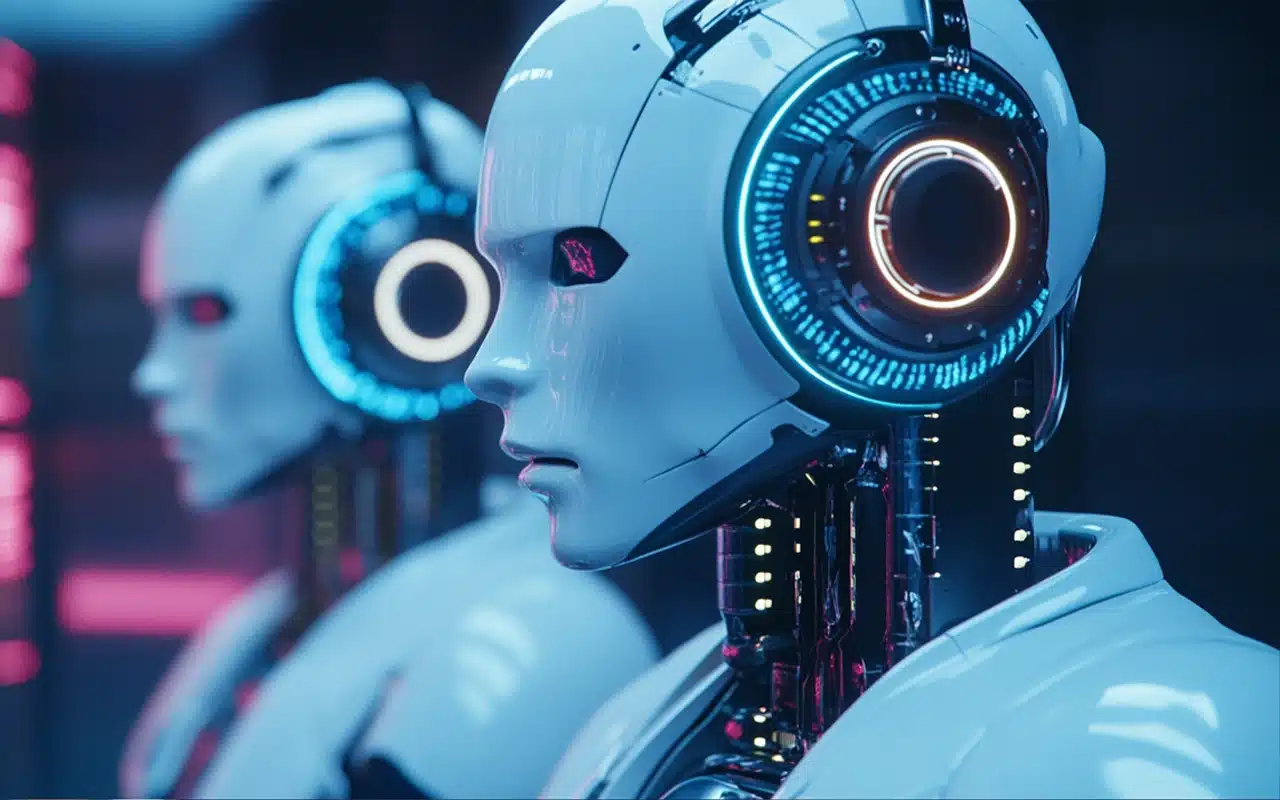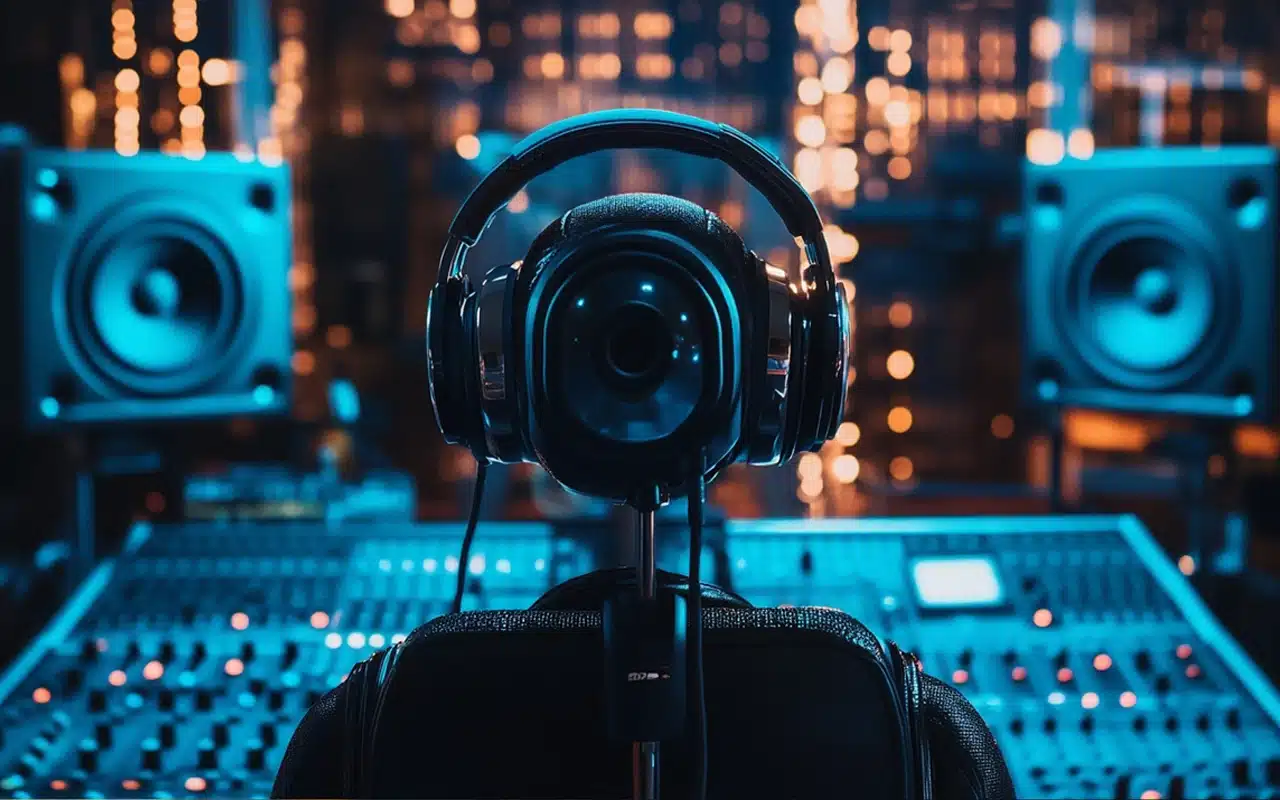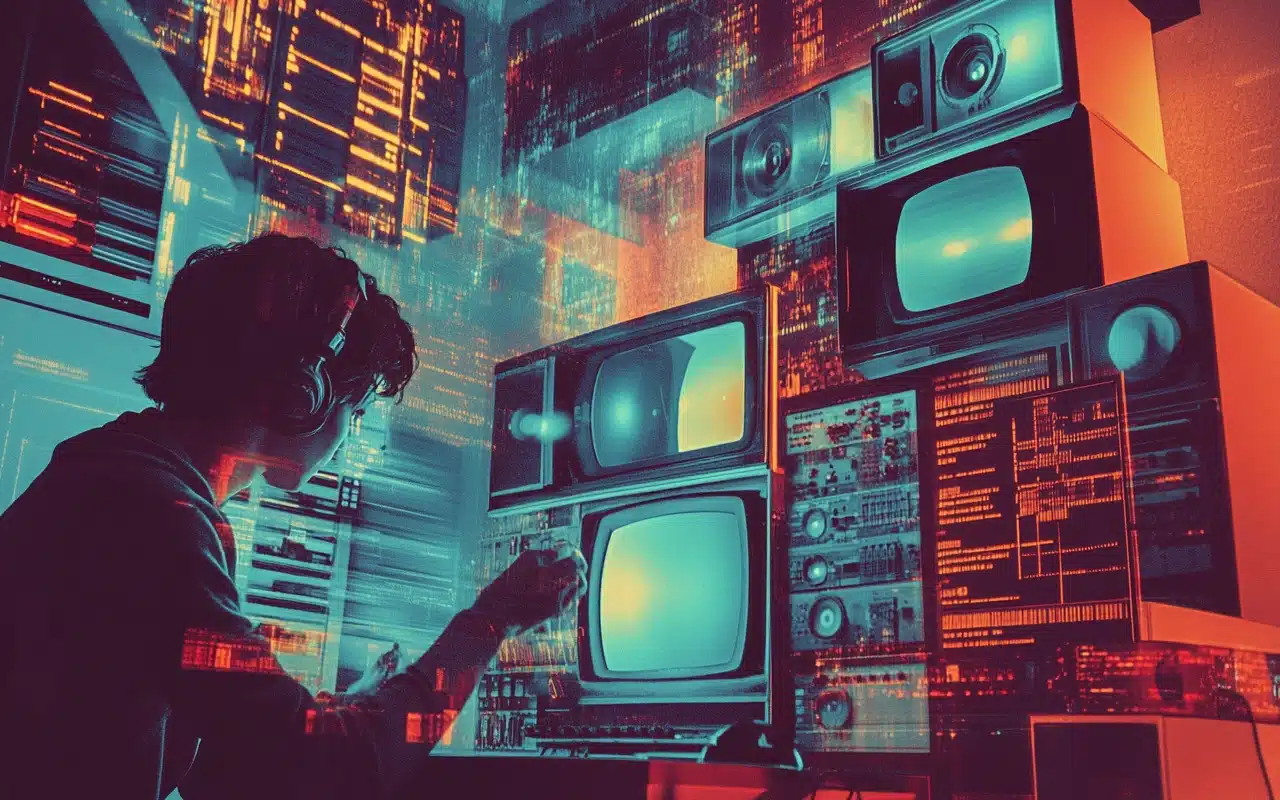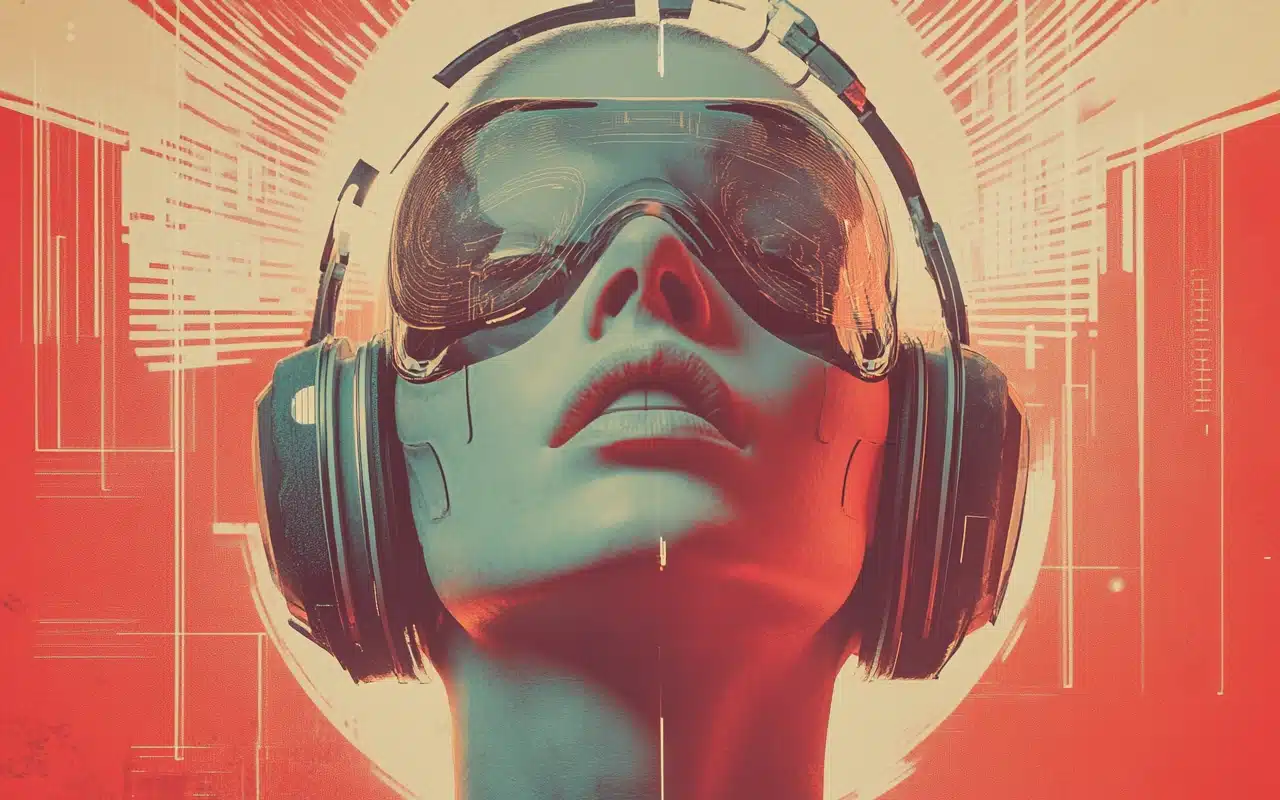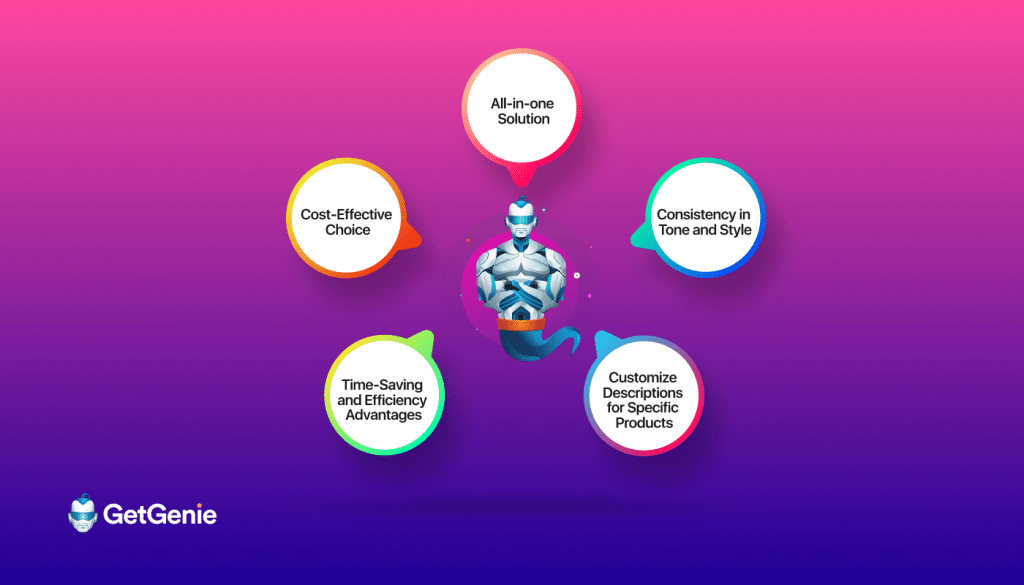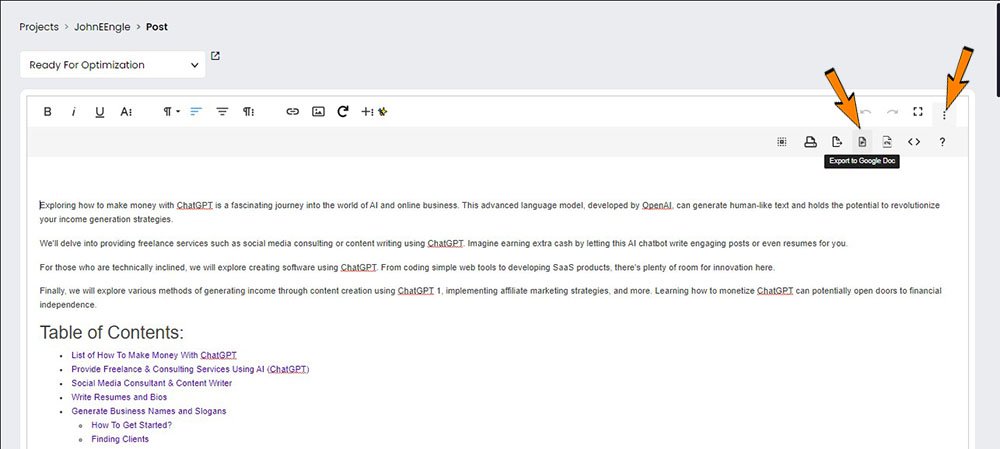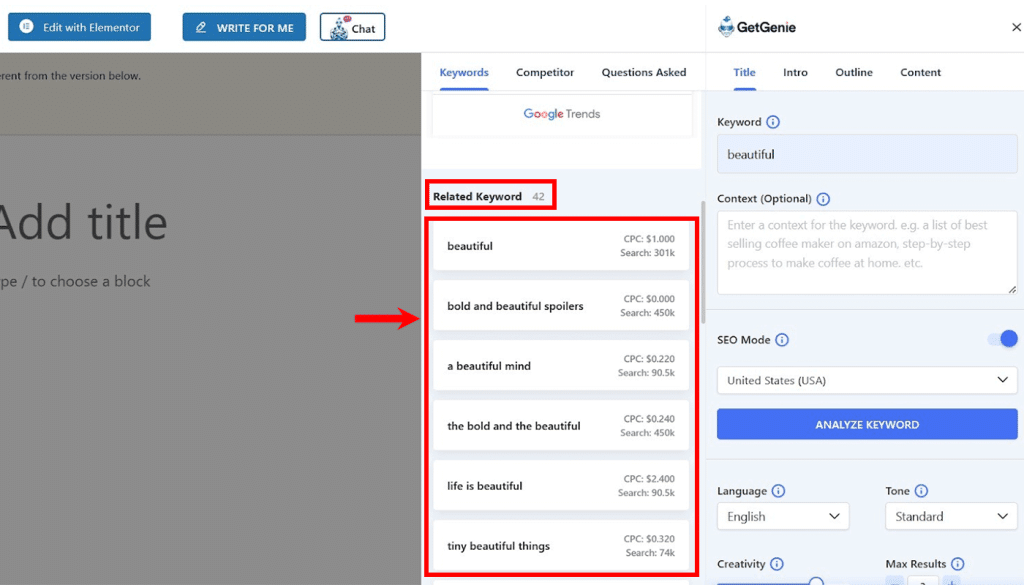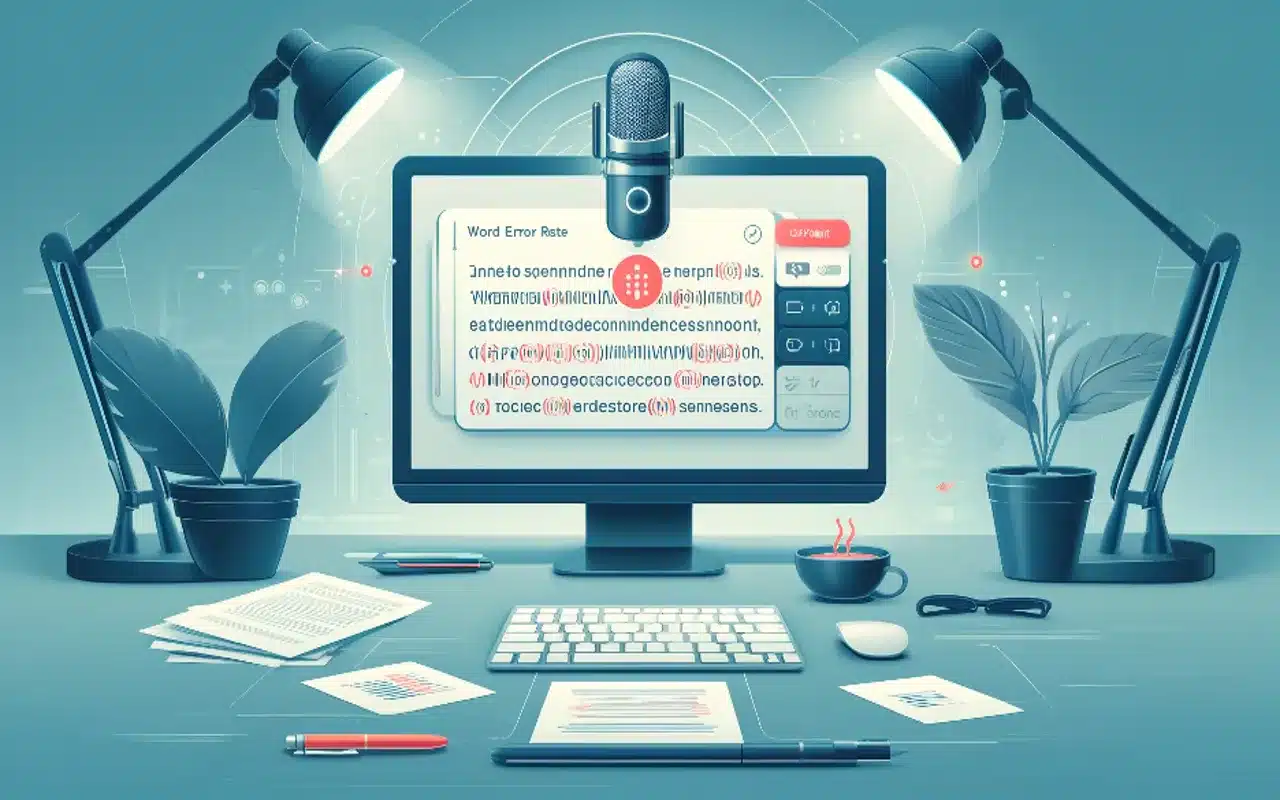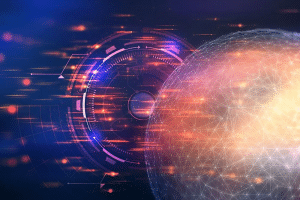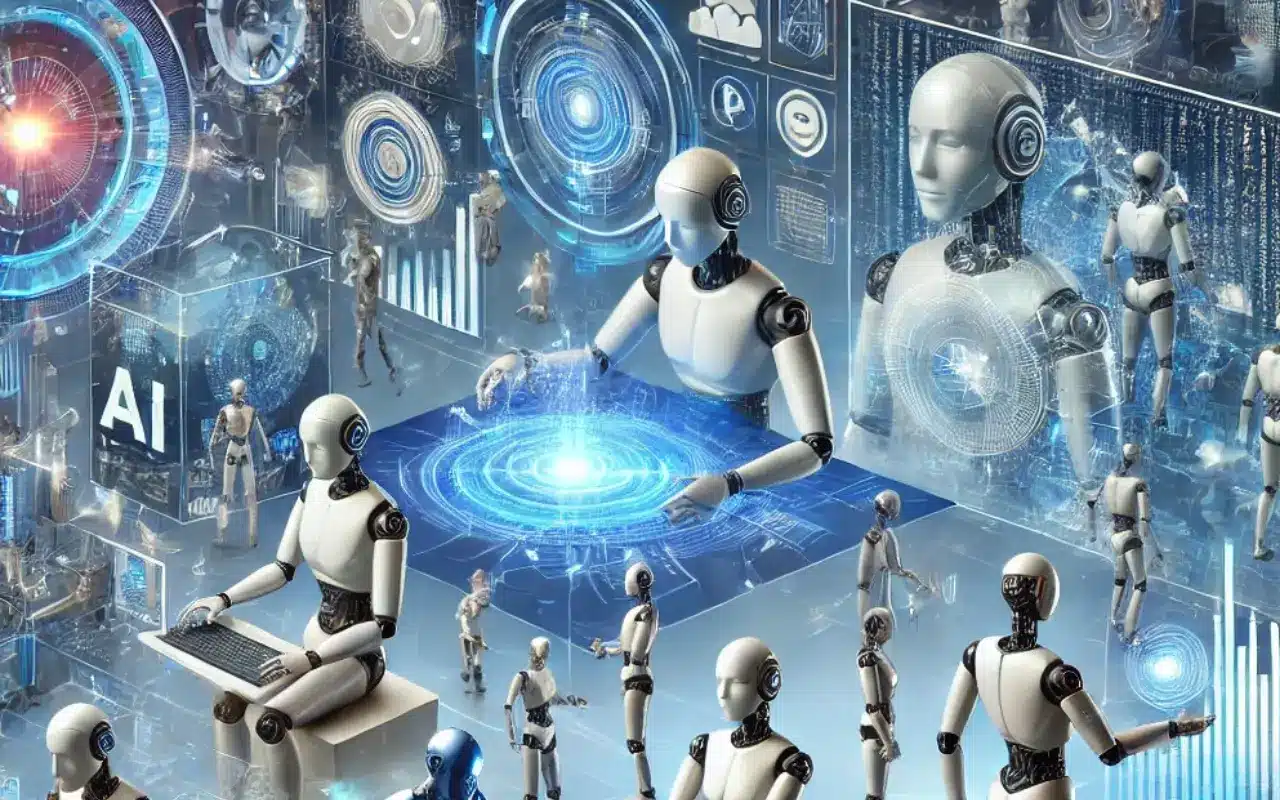 Voice cloning expertise has taken an enormous leap with the arrival of zero-shot capabilities. Think about having the ability to replicate any voice with just some seconds of audio. It feels like science fiction, but it surely’s now a actuality, because of developments in synthetic intelligence (AI) and machine studying (ML). On this weblog, we’ll delve into the intricacies of zero shot voice cloning, its functions, and the expertise behind it.
Voice cloning expertise has taken an enormous leap with the arrival of zero-shot capabilities. Think about having the ability to replicate any voice with just some seconds of audio. It feels like science fiction, but it surely’s now a actuality, because of developments in synthetic intelligence (AI) and machine studying (ML). On this weblog, we’ll delve into the intricacies of zero shot voice cloning, its functions, and the expertise behind it.
Understanding Voice Cloning
Voice cloning is the method of replicating an individual’s voice. Conventional voice cloning required in depth recordings of the goal speaker, however zero-shot voice cloning adjustments the sport by needing solely a brief pattern of the speaker’s voice. This innovation opens up new prospects in text-to-speech (TTS) programs, enabling extra customized and natural-sounding synthesized speech.
Zero-shot AI voice cloning will not be restricted to simply English, most AI voice cloning apps are listening to the timbre and qualities of a voice. Not a lot the language. All it wants is a baseline to be taught from.
What’s Zero Shot Voice Cloning
Zero-shot voice cloning refers back to the capacity to create a voice mannequin with none prior coaching knowledge from the goal speaker. Which means with only a quick audio clip, the mannequin can generate high-quality speech that mimics the talking type, prosody, and distinctive traits of the speaker’s voice. That is achieved via refined neural community architectures and superior sign processing strategies.
Key Parts of Zero-Shot Voice Cloning
- Speaker Encoder: The speaker encoder extracts the distinctive traits of a speaker’s voice from a reference audio clip. It generates a speaker embedding, a numerical illustration of the speaker’s voice.
- TTS Mannequin: The TTS mannequin takes the speaker embedding and converts textual content into speech. State-of-the-art TTS fashions, like Tacotron and VITS, use deep studying strategies to supply pure and expressive speech.
- Vocoder: The vocoder synthesizes the ultimate waveform from the intermediate representations produced by the TTS mannequin. Common vocoders embrace WaveNet and MelGAN.
Purposes of Zero-Shot Voice Cloning
- Personalised TTS Methods: Zero-shot voice cloning permits for the creation of extremely customized TTS programs that may replicate a person’s voice for numerous functions, comparable to digital assistants and audiobooks.
- Voice Assistants: Digital assistants might be tailor-made to make use of a selected voice, offering a extra customized person expertise.
- Leisure and Media: Voice cloning can be utilized to create artificial voices for characters in films, video video games, and different media.
Challenges and Issues
Whereas zero-shot voice cloning gives thrilling prospects, it additionally presents challenges, together with:
- Moral Issues: The potential for misuse, comparable to creating deepfake audio, raises moral questions on privateness and consent.
- High quality and Naturalness: Guaranteeing the synthesized speech sounds pure and maintains the goal speaker’s distinctive traits stays a technical problem.
- Dataset Necessities: Excessive-quality datasets, like LibriTTS and VCTK, are important for coaching and evaluating TTS fashions.
The Position of TTS in Zero-Shot Voice Cloning
TTS programs are on the coronary heart of zero-shot voice cloning. Let’s discover how they work and their significance on this context.
What’s Textual content-to-Speech (TTS)?
Textual content-to-speech (TTS) expertise converts written textual content into spoken phrases. TTS programs are utilized in numerous functions, from studying out loud written content material to offering voice interfaces for gadgets.
State-of-the-Artwork TTS Fashions
Trendy TTS fashions, comparable to Tacotron and YourTTS, leverage deep studying to supply high-quality synthesized speech. These fashions sometimes encompass:
- Encoder: The encoder processes the enter textual content and converts it right into a sequence of function vectors.
- Decoder: The decoder generates a mel spectrogram from the encoded options.
- Vocoder: The vocoder converts the mel spectrogram right into a waveform, producing the ultimate speech output.
Zero-Shot Multi-Speaker TTS
Zero-shot multi-speaker TTS refers back to the capacity of a TTS mannequin to synthesize speech in a number of voices with out particular coaching on every voice. That is achieved utilizing speaker embeddings, which characterize the distinctive traits of various audio system. The mannequin can generate speech for any speaker given their embedding, making it extremely versatile.
Attempting Zero-Shot Voice Cloning? Use this Script
“Hey, my identify is [Your Name]. In the present day, I’m demonstrating zero-shot voice cloning. The fast brown fox jumps over the lazy canine. Peter Piper picked a peck of pickled peppers. How a lot wooden would a woodchuck chuck if a woodchuck may chuck wooden? She sells seashells by the seashore. Distinctive New York. Eleven benevolent elephants.”
Articulation is crucial for correct voice cloning. Open your mouth huge if you say ‘ah,’ and press your lips collectively if you say ‘p.’ Enunciate every phrase clearly: ‘caterpillar,’ ‘dandelion,’ ‘hypothetical,’ ‘unbelievable,’ ‘supercalifragilisticexpialidocious.’
Learn this sentence naturally
“I take pleasure in strolling via the park on sunny days.’ Now, do this one with emphasis: ‘The fast crimson fox swiftly jumped over the lazy brown canine.’ Take note of intonation and stress: ‘Are you able to think about an imaginary menagerie supervisor imagining managing an imaginary menagerie?”
Lastly, learn these sentences at a traditional tempo, then slower:
“A giant black bear sat on a giant black rug.’ ‘Fred fed Ted bread, and Ted fed Fred bread.’ Thanks for listening.”
Metrics for Evaluating TTS Methods
To evaluate the efficiency of TTS programs, researchers use numerous metrics, together with:
- Naturalness: Measures how pure and human-like the synthesized speech sounds.
- Speaker Similarity: Evaluates how carefully the synthesized voice matches the goal speaker’s voice.
- Intelligibility: Assesses how simply the synthesized speech might be understood.
The Know-how Behind Zero-Shot Voice Cloning
Zero-shot voice cloning depends on a number of superior applied sciences. Listed here are some key parts and strategies:
Neural Networks and Machine Studying
Deep studying, significantly neural networks, performs a vital position in zero-shot voice cloning. Fashions like transformers and convolutional neural networks (CNNs) are used for numerous duties, together with function extraction and speech synthesis.
Speaker Embeddings and Encoder-Decoder Architectures
Speaker embeddings seize the distinctive traits of a speaker’s voice. Encoder-decoder architectures, generally utilized in TTS fashions, rework textual content into speech by mapping enter textual content to intermediate representations after which to audio waveforms.
Coaching Knowledge and Datasets
Excessive-quality coaching knowledge is crucial for creating sturdy zero-shot voice cloning programs. Datasets like LibriTTS and VCTK present numerous and in depth speech samples for coaching and analysis.
Generative Fashions
Generative fashions, comparable to VITS and Tacotron, are used to supply artificial speech. These fashions be taught to generate speech by coaching on massive datasets of paired textual content and audio.
Actual-Time Synthesis and Optimization
Actual-time synthesis is a essential requirement for a lot of functions, comparable to digital assistants and interactive voice response programs. Optimization strategies, together with GPU acceleration and mannequin pruning, are used to realize low-latency speech synthesis.
Common Instruments and Frameworks
A number of open-source instruments and frameworks can be found for zero-shot voice cloning and TTS growth. Some notable examples embrace:
- YourTTS: A flexible TTS mannequin able to zero-shot multi-speaker synthesis.
- VITS: A state-of-the-art generative mannequin for TTS.
- Vall-E: A mannequin specializing in high-quality speech synthesis.
- Tacotron: A widely-used TTS mannequin with spectacular naturalness and expressiveness.
Analysis and Future Instructions
The sphere of zero-shot voice cloning is quickly evolving, with ongoing analysis and developments. Key areas of focus embrace:
- Bettering Naturalness: Enhancing the naturalness and expressiveness of synthesized speech stays a prime precedence.
- Multilingual Assist: Increasing zero-shot voice cloning capabilities to assist a number of languages.
- Moral Issues: Addressing moral considerations and creating pointers for accountable use.
- Benchmarking and Analysis: Establishing standardized benchmarks and analysis metrics for zero-shot voice cloning programs.
Zero-shot voice cloning represents a major development within the area of speech synthesis and TTS expertise. By leveraging neural networks, generative fashions, and high-quality datasets, researchers and builders can create extremely customized and natural-sounding artificial voices. Nonetheless, it’s important to think about the moral implications and try for accountable use of this highly effective expertise.
As the sphere continues to evolve, we are able to anticipate additional enhancements in naturalness, multilingual assist, and real-time synthesis capabilities. The way forward for zero-shot voice cloning is vibrant, promising thrilling functions and improvements in synthetic intelligence and past.

